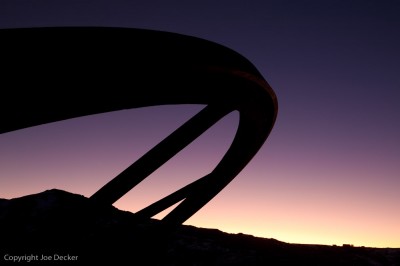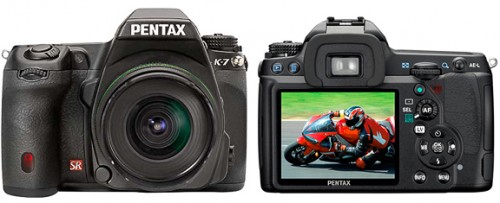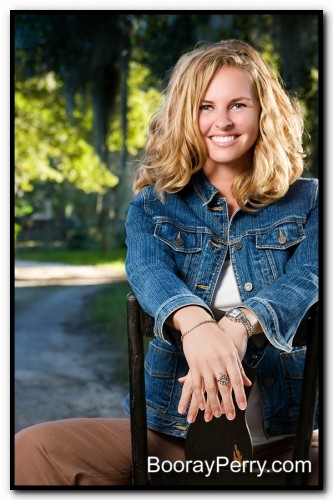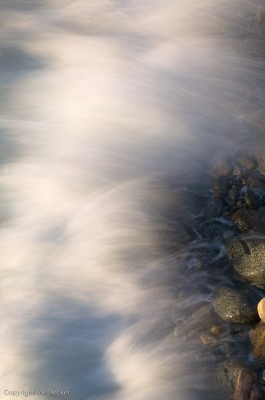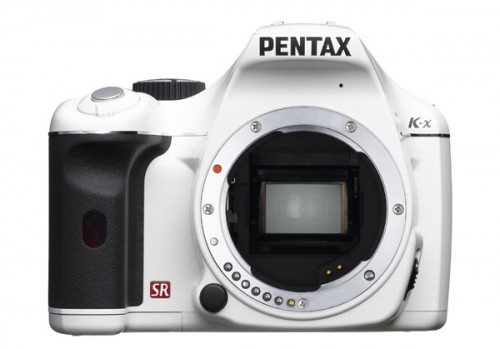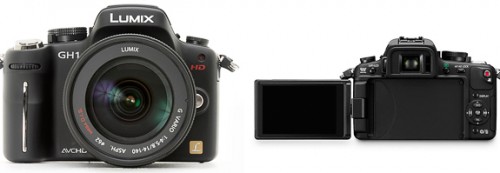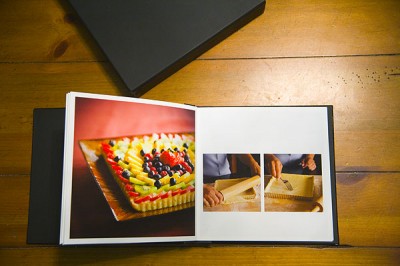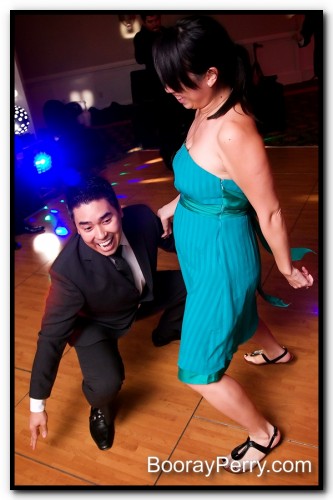The Tuesday Composition: Live and In Color
If you like this article, you can now get the book! Joe has expanded the “Tuesday Composition” series into an inspiring new ebook on composition, especially for nature photography. Check it out: The Tuesday Composition.
Even though we’re twenty or so columns into this series, nearly everything I’ve said so far about composition applies equally to monochromatic and color images. Today I’m going to focus a on how color and color combinations play into compositions. We’ll revisit a few old topics, such as contrast, edges and balance, and we’ll talk about how color figures into them. I’ll also talk a little bit about color theory, without giving a full introduction to it.
Contrast is the first subject I’ll revisit. Just as tonal contrast can be created with lots of sharp transitions from dark to light, color contrast can be created with lots of sharp transitions from a color to the complement (opposite) of that color. I was taught color complements in grade school by looking at a color wheel: Yellow is opposite purple; red is opposite green; blue is opposite orange. But don’t think you need to use those precise combinations to get great color contrast, nearly-complementary color combinations, such as yellow and blue, often create very effective color contrasts as well (as in Aspens, Walker Creek, below). (more…)
